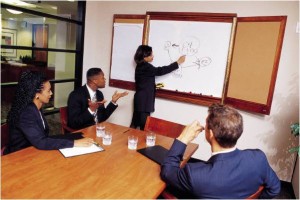Why do Business Start-ups Fail?
 What can we learn from the experiences of promoters whose enterprises have failed? Not nearly as much as going through the experience of business failure ourselves. Business failure can challenge a person’s self esteem, job prospects, family relationships and above all else, confidence to try again. But the flip side of failure is a new found understanding of what it takes to succeed. From failure we can learn what it is that we personally need to do to become a successful entrepreneur.
What can we learn from the experiences of promoters whose enterprises have failed? Not nearly as much as going through the experience of business failure ourselves. Business failure can challenge a person’s self esteem, job prospects, family relationships and above all else, confidence to try again. But the flip side of failure is a new found understanding of what it takes to succeed. From failure we can learn what it is that we personally need to do to become a successful entrepreneur.
CramdenTECH shares the following experience based insights. Developing a start-up into a commercially sustainable company requires at least three things:
- a business model that reflects what clients/customers actually need, rather than what the promoters are interested in delivering
- a steady flow of cash even when the business is not yet profitable. Hence, the revenues have to keep on growing
- a network of contacts that can help “open doors” for the promoters and provide them with a little extra “luck” when they need it!
It’s a practical recipe for success and just one perspective from an entrepreneurs journey of lifelong learning!











